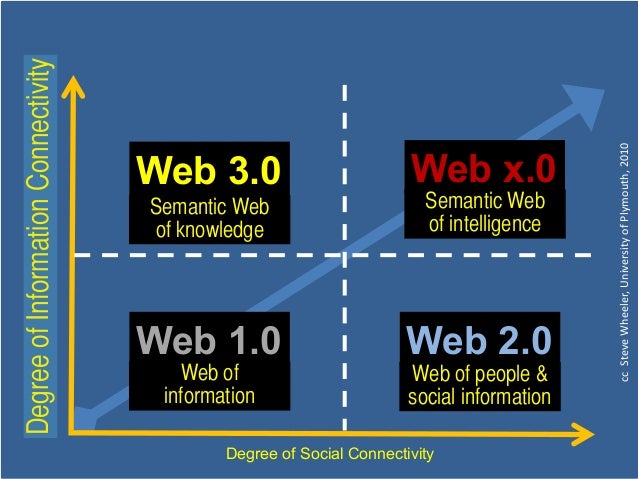"It's my belief that each of us has a stake in the education of all of us. Who knows where genius will crop up? There may be a young girl in an African village with the potential to find a cancer cure. A fisherman's son in New Guinea might have incredible insight into the health of the oceans. Why would we allow their talents to be wasted? How can we justify not offering those children a world -class education, given that the technology and resources to do so are available - if only we can muster the vision and boldness to make in happen." Khan, Salman. 2012. One World Schoolhouse. Retrieved from http://www.audible.com/pd/Nonfiction/The-One-World-Schoolhouse-Audiobook/B009HVNGQI
As I begin to listen to the audio book, One World Schoolhouse: Education Reimagined, my passion for helping students succeed is reinvigorated. It's hard for anyone who listens to the radio, watches television, or reads on the internet to say they have never heard of Khan Academy. However, I wonder how many are like me? They have heard the name Khan Academy several times, they know it's receiving lots of attention, but they don't really know what it is.
The book is written and read by Salman Khan, the founder of the Khan Academy. Khan believes in a world where education is free and available to all. As I listened to his ideal world that got him started down this journey, I thought to myself; yes, I want that for everyone too. In fact, I think most educators would agree with me. However like me, many of us stop there; unwilling or unsure of how to make change to the system we live in. I was impressed that in such a short time frame that Khan, someone who is or even a teacher to begin with, has started to make strides and bring learning to people in all parts of the world. Well, at least to anyone who can access the internet.
So many of the questions Khan asks in his introduction are valid and important questions. Questions that I know I have asked myself before; "Does the standard classroom model - broadcast lecture in school, solitary homework in the evening - still make sense in a digital age? Why do students forget so much of what they have supposedly " learned" as soon as an exam has been taken? Why do grown-ups sense such a disconnect between what they studied in school and what they do in the real world?" Khan, Salman. One World Schoolhouse. While reading these questions I was reflective of my own practice and was left thinking about many of my struggling students. I often spend many nights lying awake thinking of how I can better help them. More question came to me: How do I support their different ways and pace of learning when I have 28 students in class? If I provide video to view at home, as I know the Khan Academy has many of, will this help? Is it enough? If I want to change my practice to better fit the digital age (which I am trying to do, by the way), how do I still do this within the confines of the curriculum and confines of the public school system I work for?
At one point in the book he talks about the challenges that a student faces when the class must move on to keep up with curriculum, but the student is not ready to do so. In Ontario, we have tried to curb this problem with the Individual Education Plan (IEP) that allows students to move forward with their peers, while still working at their level. However, I'm not sure this process is truly helping these students get the learning they need. Often students must sit through lessons that are above them before the teacher can work one-to-one with them to support them at their own level. Otherwise, they are left off to the side during these lessons to work through some work at "their level" while this lesson is happening; allowing for distractions, isolation, and little instruction. Do you think we are meeting the needs of our IEP students in the standard classroom? What strategies do you use to support these students? What new strategies should we be trying?
Khan's book has definitely caught my interest and I'm eager to hear all of it. I hope that not only will I learn about the fascinating direction of the Khan Academy, but that I might walk away with some insights into how to evolve my own classroom practice within the walls of the current school structure that employs me. I don't mean to write a post with so many questions, but having only begun the book I am left feeling curious. I hope in the comments below that some of you will feel brave enough to address some of the may questions I have asked. I will continue my read and share more of my thoughts as time goes on.

